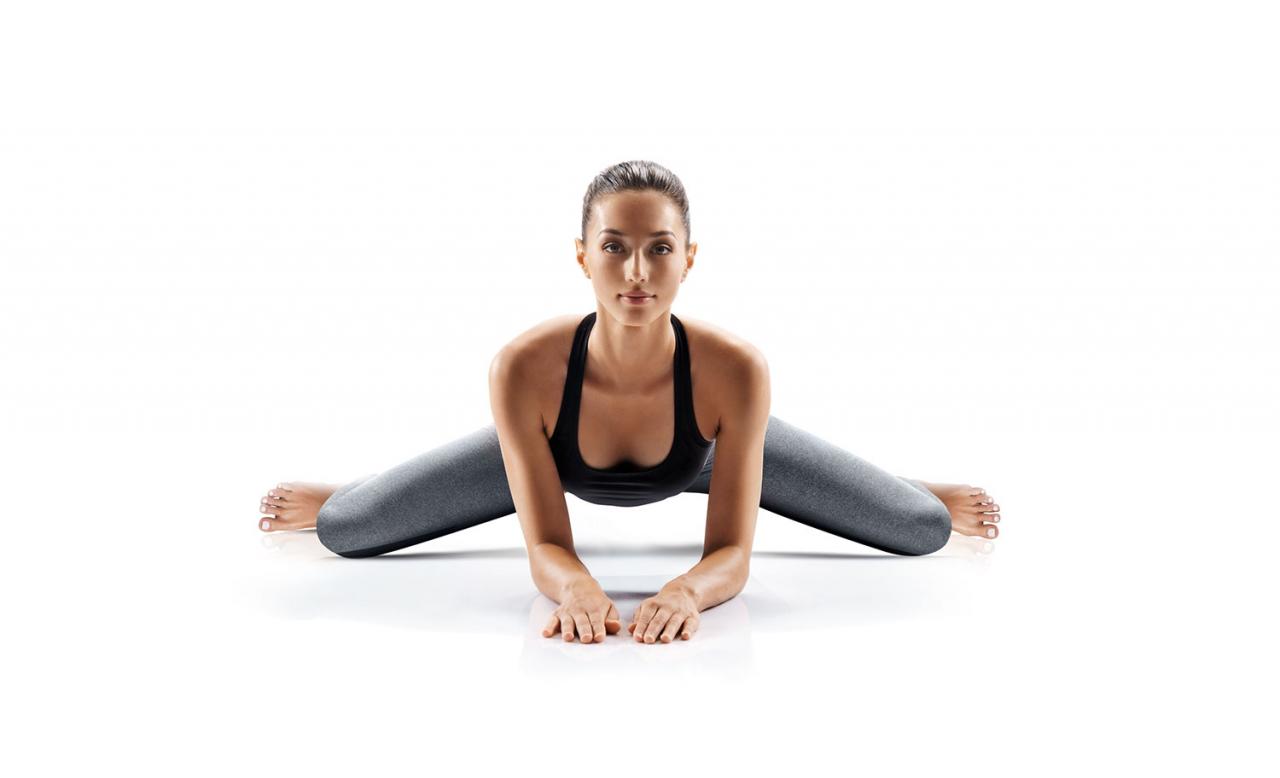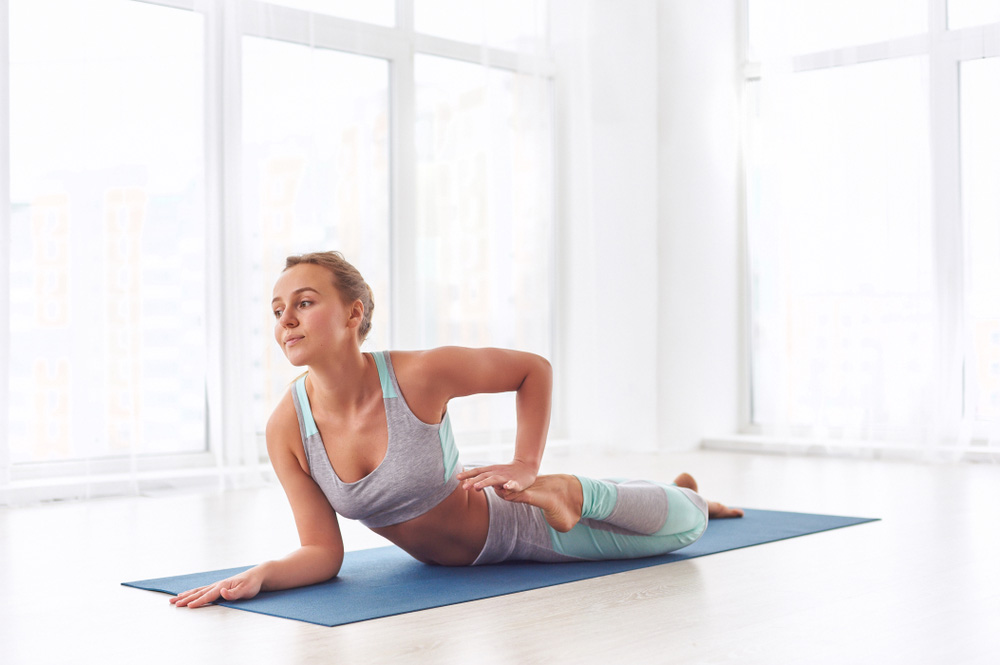![Pose of the Week] Stretch It Out with Downward-Facing Frog Pose (Beginner) - My Yoga Zone](https://nohairlosspharm.com/wp-content/uploads/2021/06/Frog-Pose-Video.jpg)
The frog pose is a symmetrical “opening” pelvis and stretching the adductor muscles pose, very similar in biomechanics to yoga squats , but here the stretching is passive. This passive stretching allows us to use gravity to make the sensation deeper into the hip joint, and to lengthen the spine naturally.
Contraindications
- Do not perform for injuries in the back and inner thighs or lumbar region.
- Observe a personal sense of comfort when performing to avoid unpleasant sensations associated with stretching of muscle fibers or ligaments.
- Do not perform dynamically if there is a difference in the sensations on the left-right side.
- Do not perform in overweight.
- Do not perform in the presence of fresh / chronic inflammation of the thigh and buttock muscles or tendons.
Muscles involved in stretching
Basic stretched muscles
- Muscles of the adductor group (Pectineus, Adductor longus, Adductor magnus, Gracilis, Adductor minimus, Adductor brevis);
- Posterior thigh muscles (Semimembranosus, Semitendinosus, Biceps femoris);
- Buttock muscles (Gluteus maximus, Gluteus minimus);
- Deep pelvic muscles (Gemelli, Piriformis, Obturatorius internus, Quadrates femoris);
- Pelvic diaphragm (Diaphragma pelvis);
- Perineum;
- Long back muscles (Erector spinae).
Stabilizing muscles
- The gluteus maximus is also a stabilizer (Gluteus maximus);
- TFL (Tensor fasciae latae);
- Pelvic floor muscles (Obturatur internus, Levator ani);
- Abdominal and torso muscles (Rectus abdominis, transversus abdominis, Serratus anterior);
- Rotator cuff (Teres major, Infraspinatus).

Movements in the joints
- Axial extension of the spine;
- Nutrition of the sacroiliac joint; flexion, external rotation and abduction of the hip joint; knee flexion; dorsi flexion or plantar flexion of the ankles, depending on the variant performed;
- External rotation with adduction in the shoulder joint, flexion in the elbow joint, pronation of the forearm.
- With feet apart and knees folded at right angles;
- With feet together and full flexion of the knees;
- Dynamic version, with pelvic rotation – advanced technique. Here again, it is good to be careful not to move the pelvis too far forward, and to feel the resistance of the muscles during the movement. There is a risk of injury.
- Stand on the palms and knees;
- Place your elbows just below your shoulders and do not move them during the performance;
- Spread your knees to the side as much as your possibilities allow;
- Allow the pelvis to lower, instead of moving it forward;
- After taking the position, push the pelvis back a little to increase the feeling of stretching on the inside of the thighs, as well as on the outside;
- Hold for 20-30 seconds and slowly return to starting position.
Avoid sudden movements or springing during the performance, holding, or dynamic posture – they carry an extremely high risk of injury due to the use of gravity in the exercise.
Do not let the pelvis fall forward. If this happens, work on the flexibility of the back thigh muscles first before starting stretching for the pelvic area.
Never leave all the weight on the lower body, stabilize on the forearms to avoid unpleasant stretching.
The posture is applicable for strength and strength-conditioning training, where a large range of motion of the hip joint is required: Olympic lifts, deep squats, deadlifts, thrushes, attacks, Turkish standing with a push-up, sprint running. It is also suitable for martial arts that require kicking.


